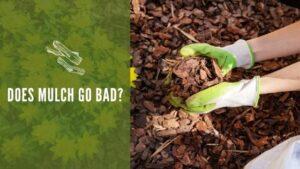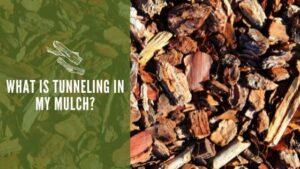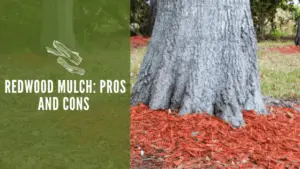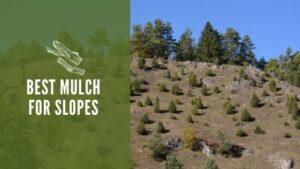Using Mulch for Garden Paths
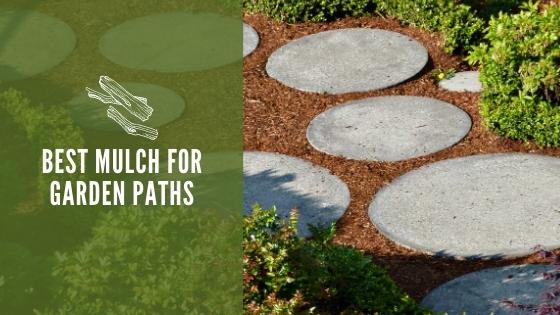
When you’re looking to place down a garden pathway, you have several factors to consider. You want something visually appealing, but you also want practical material. This may lead you to wonder, “Is mulch a good option?”
Is Mulch Good for Garden Pathways?
If you’re looking for a method to line your garden pathway consider mulch.
For one, mulch is easy to lay down. You don’t need any fancy, professional equipment, and the average person can handle this task without much difficulty.
Mulch will prevent the weeds from growing up through, though you’ll still have to weed a tad, especially when you have the same mulch down for years.
If the mulch ends up in your yard, it’s no big deal. If you hit it with a lawnmower, the device is powerful enough to handle it, and it won’t cause it to become a dangerous projectile, unlike rocks.
The mulch is organic and will break down in the soil and not harm it. Therefore, you can remove the mulch later and use that area to plant or let the grass grow in without a problem.
How Do You Mulch a Garden Path?
Firstly, you need to choose what you want to mulch the pathway with since various types of mulch exist. You want to decide on what looks most aesthetically pleasing and what you’ll have the easiest time maintaining and walking on.
Next, you want to mark the path. If you’re looking for a more whimsical look, consider making the path a bit twisty with a few curves. On the other hand, lay the mulch in a straight path if you want the path to look formal.\
You mark the path with rope or string, whatever you have available. Then, you’ll need to use spray paint to mark the border of the path.
You then need to dig up the soil between the lines you marked. You can do so by using a flat-end shovel, which will make it easiest. You should dig a few inches down usually; about six inches works.
Once you dig up the path, tamp it down by hand. Line the path’s sides using plastic edging that sticks up about 1/2 an inch. Afterward, you should use anchoring stakes to hold down the edging.
Before you lay the mulch, you need to lay down stone for a drainage system. About four inches of rock should work. Make sure you tamp the stones so they’re flat before laying your mulch.
Finally, you can fill the trench you made with mulch. You’ll need to compress it. You may want to lightly mist the mulch before you tamp it to make the process easier.
How Do I Keep Weeds Out of My Garden Path?
You could either lay mulch or rocks to keep the weeds from growing. The weeds need adequate sunlight to grow, and either material can interfere with the weeds getting the sunlight they need.
Some weeds will still grow. This is especially the case as you walk along the path and kick the mulch and rocks around.
Keep in mind that mulch breaks down over time. Therefore, you’ll need to remulch and pick the stray weeds occasionally. You should remulch around every three years. However, some people choose to remulch at the beginning of each year when preparing their garden.
You can also try a natural weed killer, such as vinegar, dish liquid, and salt. You mix these ingredients in a spray bottle and then aim at the weeds. It can harm other plants, so you must be careful not to aim it at your garden.
Mulch can be a solution to create a garden path that enhances your garden. It can also keep weeds at bay. Fortunately, it’s rather straightforward how you lay it for your garden path.

